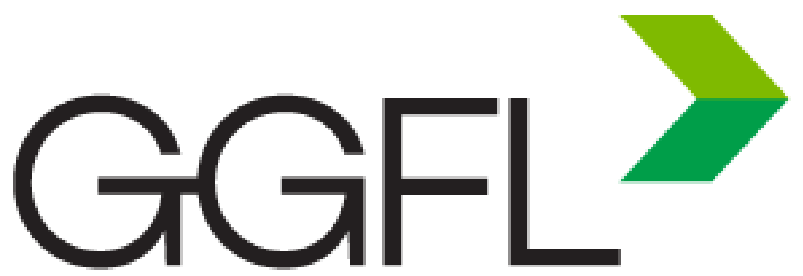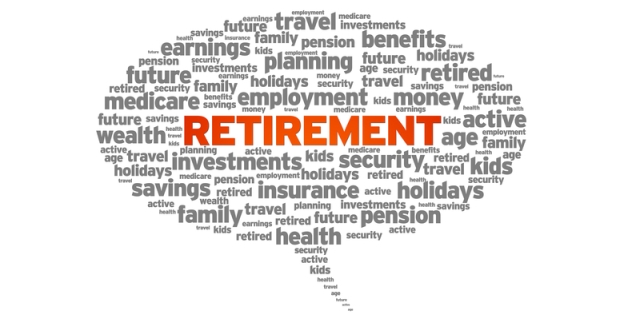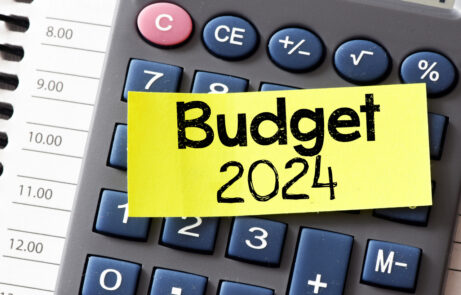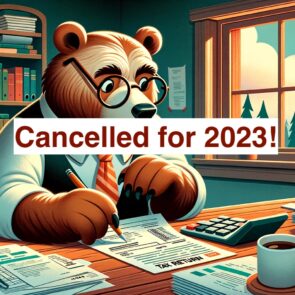Hugh Faloon, CPA, CA, TEP, Partner
Retirement may seem like a long way off, but if you’re a self-employed professional, planning ahead is the key to achieving your goals. Whether you see yourself yachting around the world or living in a small condo and taking care of the grandchildren, you need a plan to make it happen. Here’s a quick look at what this might mean for you.
To put it simply, your future financial situation comes from the annual cumulative balance of your (and your spouse’s) professional income + investment income + growth in the value of your investment income + growth in the value of your business – income tax – living expenses, including mortgage payments.
Actually, it’s not all that simple, and that’s why you might want to work with a professional financial advisor who can give you advice and has access to financial planning software and forecasting tools. Whether you choose this route or not, here are some things to start thinking about.
How much do you need to retire?
The amount you need will depend on the lifestyle you hope to lead when you retire. Some things to consider are major expenses and purchases like:
- your home, cottage, etc.;
- vehicles including the purchase/lease cost, repairs, insurance, fuel;
- food and entertainment;
- vacation/travel;
- health/sport activities; and
- children’s education.
You’ll also want to think about other family financial needs such as dependent children or parents. And finally, you should also consider the life expectancy of you and your spouse. While it may be difficult to think about, it is important that you plan appropriately.
In short, the more you want to be able to spend, the more you’ll need to earn. And income tax has a huge impact on the numbers. As a professional, very likely you are earning near or at the top tax bracket. In 2016, that means paying 53.53% when your income hits $220,001. What does this look like in real terms? Here are a few examples:
- To make a $1,000 mortgage payment, you need to earn $2,152.
- Paying off your $100,000 student loan requires $215,192.
- Sending your children to private school? A $20,000/year tuition will require $43,038 in income. Now multiply that times the number of years of private education and the number of children.
- A non-business luxury car every seven years may set you back $90,000, but you’ll need to earn $193,673 to cover the cost.
- Your beautiful $1,500,000 home? That’s $3,227,889.
It’s certainly eye opening to look at the numbers this way, and it can be very useful in building a realistic retirement plan.
Where will your retirement income come from?
Most professionals have several sources of retirement income. These are some examples that you can consider as part of your plan:
Registered Retirement Savings Plans (RRSP) – This is a powerful investment asset. Whatever you put into your RRSP is tax deductible, and the investment growth is not taxable. When you withdraw money from an RRSP, it’s taxed as regular income, but you are not required to start withdrawing until you, or your younger spouse, turns 71.
Tax Free Savings Accounts (TFSA) – If you have never contributed to a TFSA, you will have accrued a $46,500 allowance by the end of 2016. Once you reach that limit, you can contribute another $5,500 each year. There is no tax on the growth in these accounts, so they are an excellent saving tool for retirement but they are not enough on their own.
Non-registered investment savings accounts – These accounts can hold any excess cash you invest, but they do not offer the tax savings of an RRSP or TFSA. Annual interest and dividend income and realized capital gains are taxable.
Life insurance – There are several tax efficient products that can be part of your retirement plan. Consult an insurance expert to learn the details on the ones that are right for you; your needs will change over the course of your lifetime.
Professional corporations – If you incorporate, you can leave some of your income in the company and it will be taxed at a lower rate. This way, you can build up funds in your company and then invest them for your future retirement. The rules on professional corporations are specific to the profession and the province. You can learn more about the rules in Ontario here Ontario Professional Corporations.
Retirement packages and/or selling your practice – This can be a major source of retirement funds. Keep in mind that selling a business takes time and planning, so start years ahead of your retirement date.
What next?
It’s never too early to start planning for retirement. Knowing what you want to achieve will help you make decisions on the saving—and spending— you do now. If you’d like to learn more and discuss your plans with a professional advisor, please contact us.
Hugh Faloon, influenced by London Life’s ‘Freedom 55’ ad campaign, started planning for his retirement in his early 20s. He still checks in on his original Excel spreadsheet now and then. Ok, he is a tax accountant, so he may have gone overboard. But 55? It’s going to look pretty good on him.







